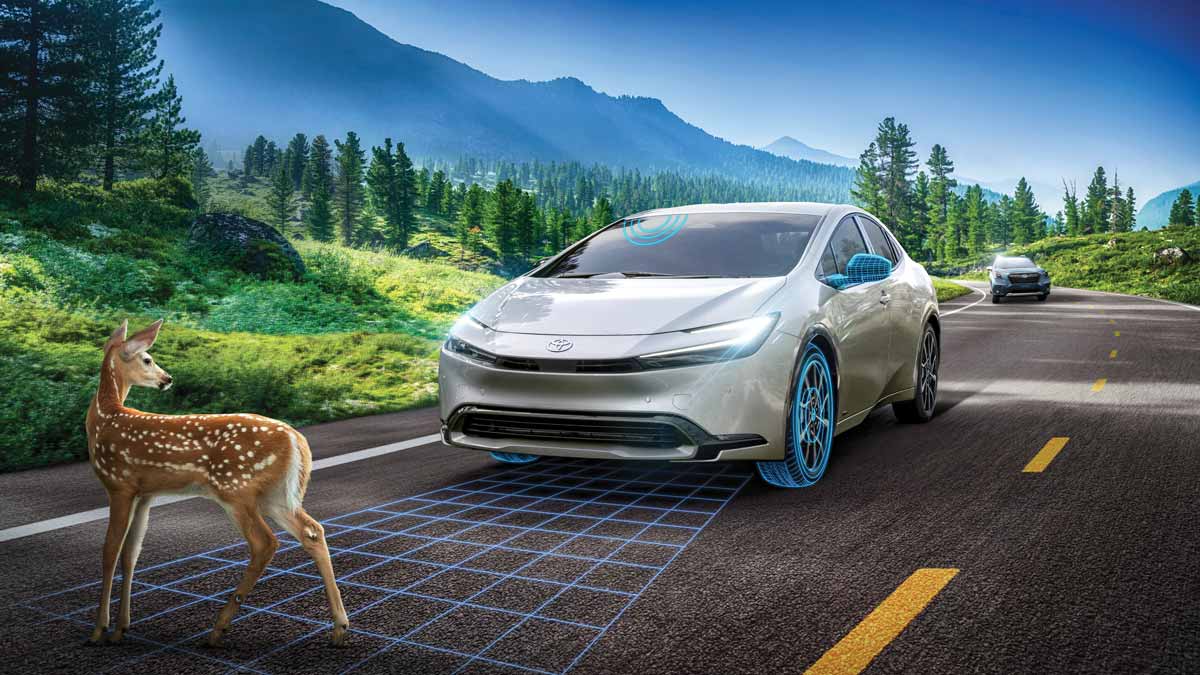The Safest Cars You Can Buy Right Now

Car safety isn’t just about protecting you and your passengers. It’s also important to reduce the risk of injury for everyone on the road, including pedestrians, cyclists, and occupants of other vehicles. According to the Governors Highway Safety Association (GHSA), drivers struck and killed 7,318 people in the U.S. in 2023—only a small decrease from 2022 when 7,522 people in the U.S. were killed, marking a 40-year high in pedestrian fatalities.
What keeps people outside your auto safer? First, the type of vehicle you drive makes a difference. Research from the GHSA, the University of Illinois Springfield, and the IIHS shows that tall and boxy vehicles such as SUVs and pickup trucks pose an outsized danger to pedestrians and drivers of smaller vehicles because their front ends obscure visibility and are more likely to cause injuries to those they hit. Shorter and less-boxy vehicles pose less of a risk.
How much a vehicle weighs is also important. Although heavier vehicles tend to fare better in a collision than lighter ones because they can absorb more crash forces, heavy vehicles can pose greater risks to others on the road. “Large vehicles tend to be harder to handle in an emergency and need more distance to stop,” Thomas says. “They’re also more likely to cause injuries to pedestrians and occupants of a smaller vehicle in a crash.”
That’s why our list of the safest vehicles includes only those with good scores in our handling and braking distance tests, and standard AEB with pedestrian detection. That’s a feature that reduces pedestrian-injury crash risk by 30 percent, according to an IIHS study. This and other crash-prevention technology, such as standard highway-speed AEB, BSW, and RCTW, can help make roads safer for everyone, says William Wallace, associate director of safety policy at CR, but only if it’s universally available. Currently, 87 percent of 2024 vehicles have both highway-speed AEB and AEB that can also detect pedestrians, according to CR’s analysis, but some heavy vehicles don’t come standard with these features.
“Just like seat belts, every new vehicle should be required to come standard with the technology that is proved to save lives, particularly AEB,” Wallace says.
Source link








